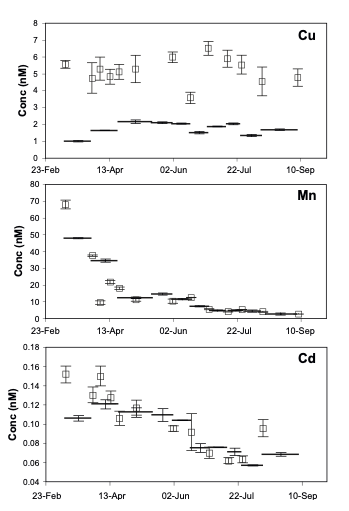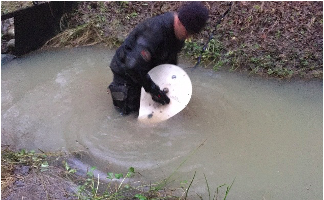Users
The many hundreds of users of DGT® throughout the world have deployed it in all continents, even including Antarctica and the Arctic.
Widely applicable, users include diverse industries, from mining to agriculture, environmental consultants, government agencies, universities and research institutes.
DGT® has pioneered many research areas, including 2D imaging of solutes in sediments and soils, but it is also used routinely. DGT has been adopted as a routine method for water quality monitoring and assessment by about 100 environmental agencies, monitoring stations, soil testing laboratories, fisheries and consultancy companies. For example, many Australian farmers use it to assess phosphate deficiencies of their soils. (Above field-trial image curtesy of Sean Mason)
DGT Case Studies
A few examples of the many uses of DGT passive samplers are found in this series of Case Studies.





